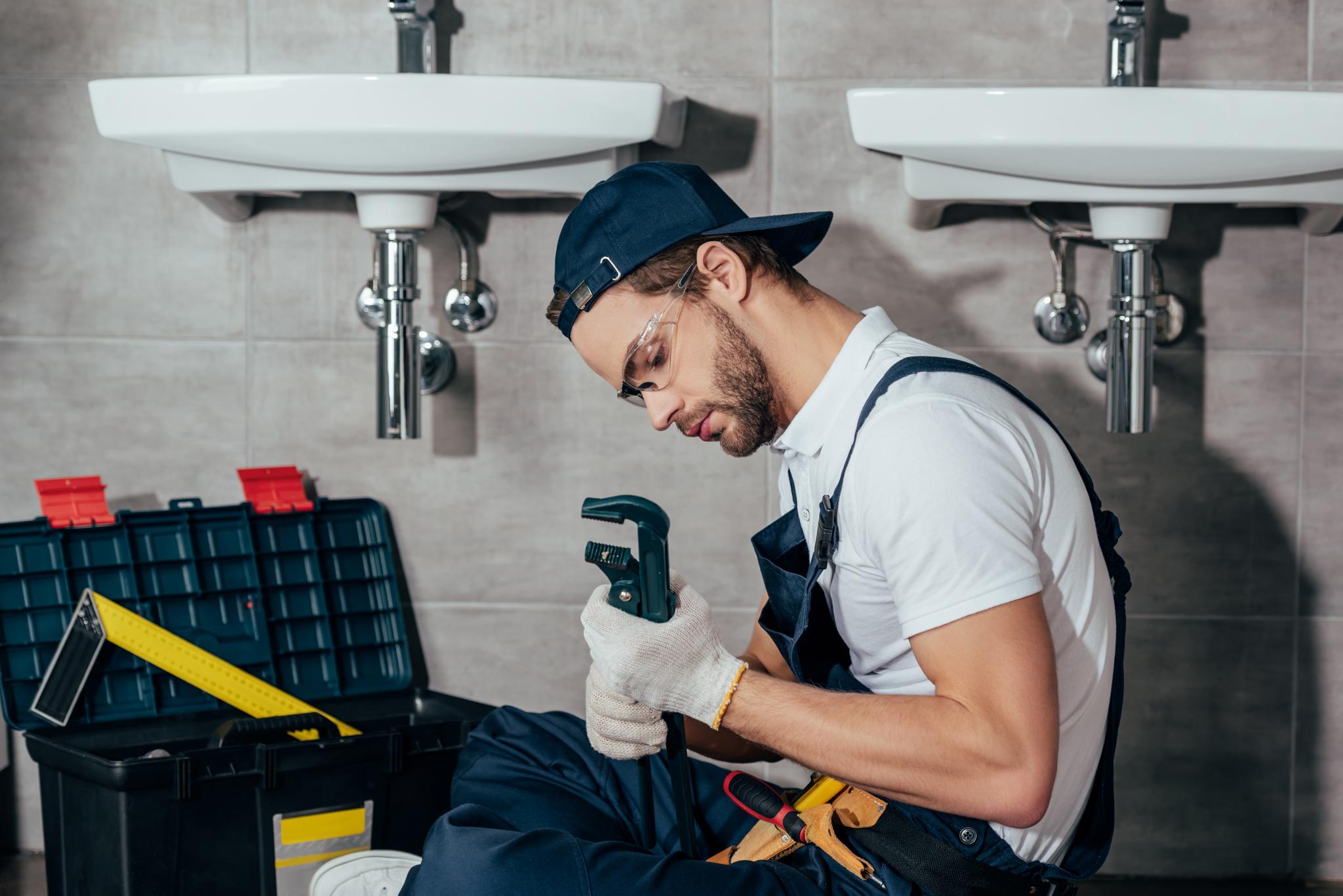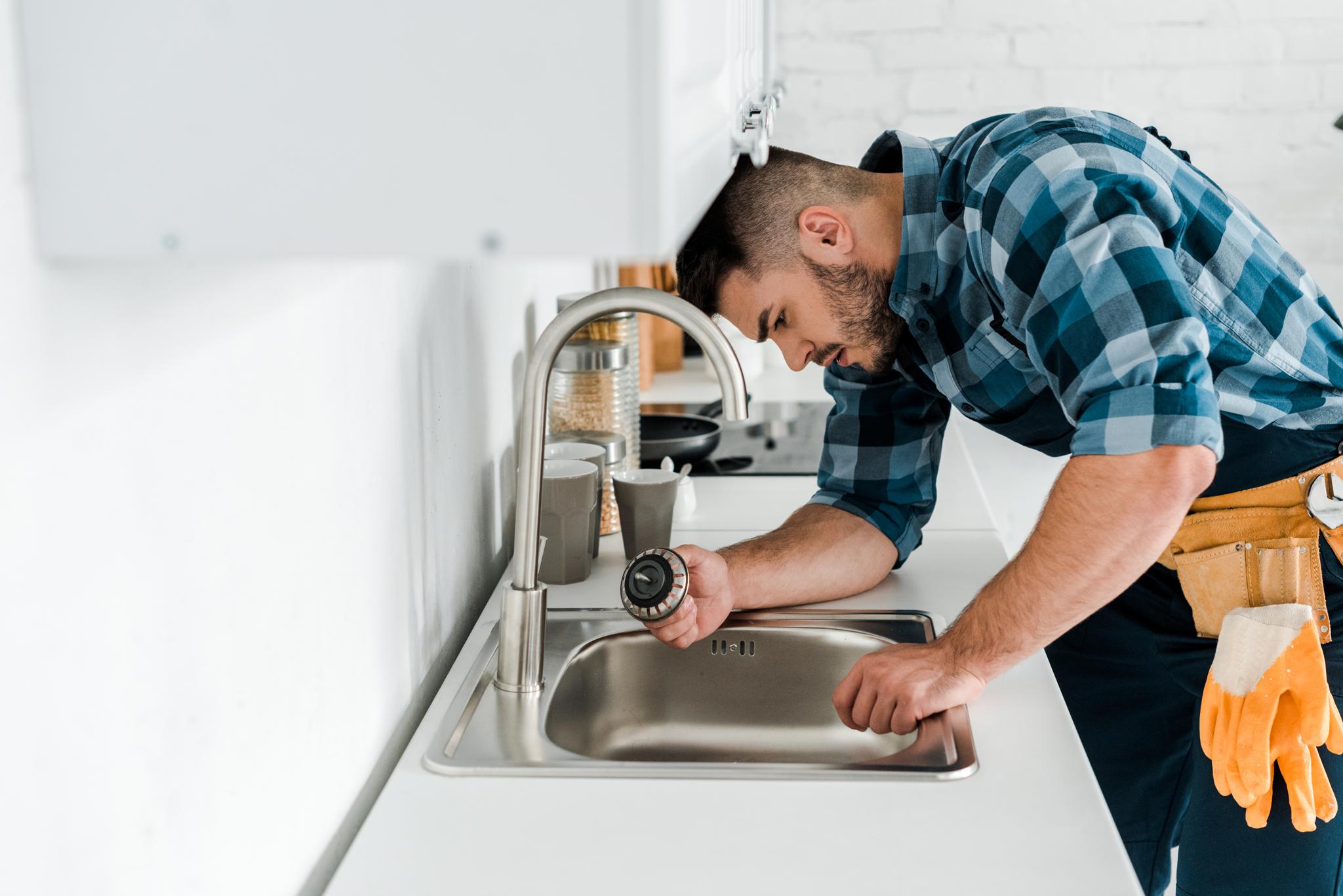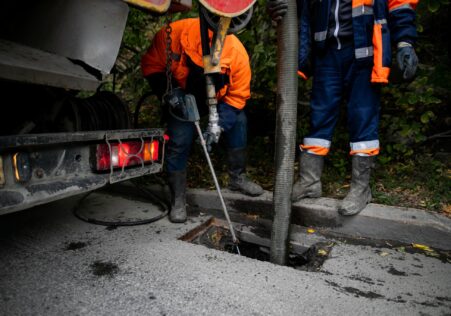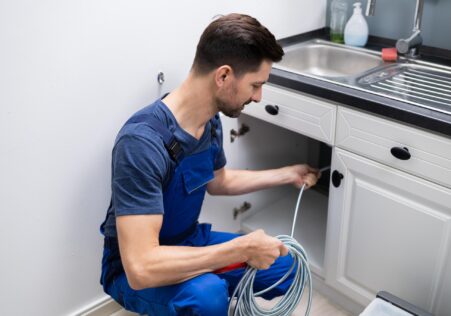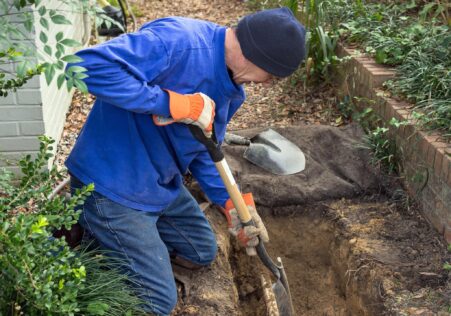How to Choose the Right Pipe Relining Material for Your Home
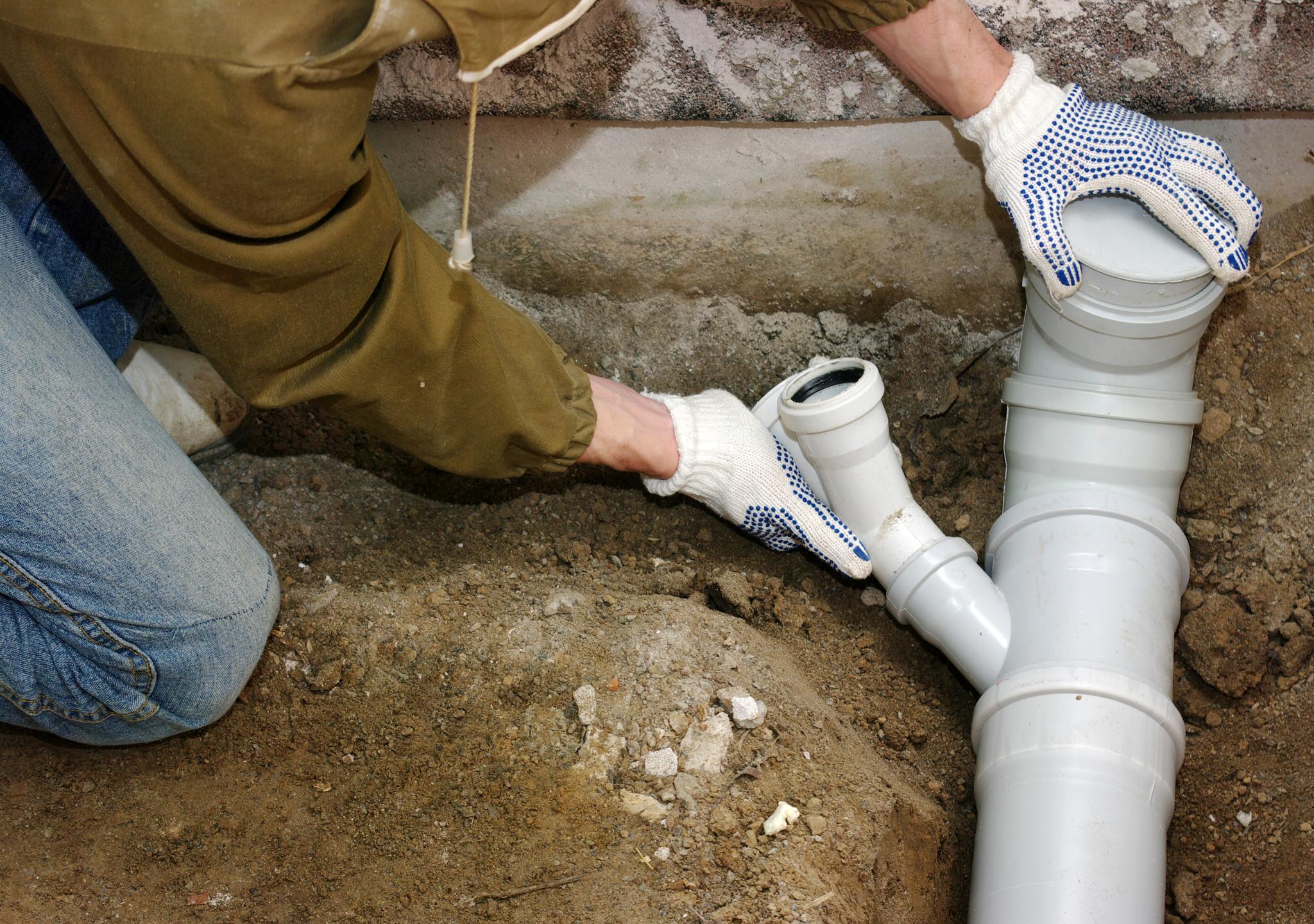
Keeping your home’s plumbing in good shape is crucial, but the pipes can get worn out over time. The usual method of replacing them is to dig away and removing the old pipes, which could be messy and expensive. Pipe relining is an easier, more cost-effective and practical alternative.
Key Takeaways
- Pipe relining is a cost-effective alternative to traditional replacement of pipes methods
- Selecting the correct pipe relining materials is vital for effectiveness and longevity
- Things to consider when selecting materials for pipe relining are the environments, flow capacities, durability, costs, and maintenance
- Types of pipe relining materials include Cured-in-Place-Pipe (CIPP), Fiberglass Pipe Lining, and cast iron Pipe Lining.
- Relining pipes creates a brand new "pipe within a pipe" which can restore complete functionality without removal of the existing pipes.
But with so many different materials for pipe relining, it’s crucial to choose the right one. This guide will assist you in understanding what factors to consider when selecting a pipe relining material that is suitable for your needs and budget.
What is Pipe Relining?
Before we get into the best pipe liner, let’s review what it is.
Pipe relining is an operation that involves insertion of an epoxy liner in damaged or degraded sewer lines water mains, or any other underground pipe system, thereby preventing root infiltration and leaks. It basically creates a brand new "pipe within the pipe" that assists in restoring full functionality without requiring the elimination of existing pipes.
The advantages of pipe relining include:
- Minimizes excavation works
- Lowers the costs associated with traditional methods
- More hygienic than excavation
While there are many advantages but selecting the appropriate material for your lining is essential when it comes to efficiency and longevity.
The Factors to Consider When Selecting Pipe Relining Materials
- Environment: Another of the essential things that you must consider when selecting a pipe lining material should be the environment. The external environment determines how long the lining and will not be impacted by impacts such as chemicals and humid conditions, among others.
- Flow Capacity: Flow capacity would refer to the volume of liquid that passes smoothly throughout the plumbing after installing new liners.
- Durability: Durability is a measure to determine how long it will last against extreme environments, such as high water levels, chemical substances and other conditions that are harsh.
Costs
Additional Information
- Unseen Dangers Revealed: 5 Problems That CCTV Drain Inspection Can Identify
- The Ultimate Guide to Unclogging Your Drain Without Professional Help
- Reasons Why CCTV Drain Inspection is a Must Before Purchasing a Property
- Don’t Get Caught Unprepared! What You Need to Do Before a CCTV Drain Inspection
- Pipe Relining Unveiled: Everything to Expect from the Method
- CCTV Drain Inspections: A faster, Accurate and Effective Means of Identifying Root Issues in Drains
- Ensuring the Longevity of Your Business's Pipes with Regular Drain Inspections
- How to Prevent Your Drains from Getting Blocked
- The Do's and Don'ts of Keeping Your Drains Free from Blockages
- Why CCTV Drain Inspection is Essential for Maintaining Clean and Healthy Environment?


